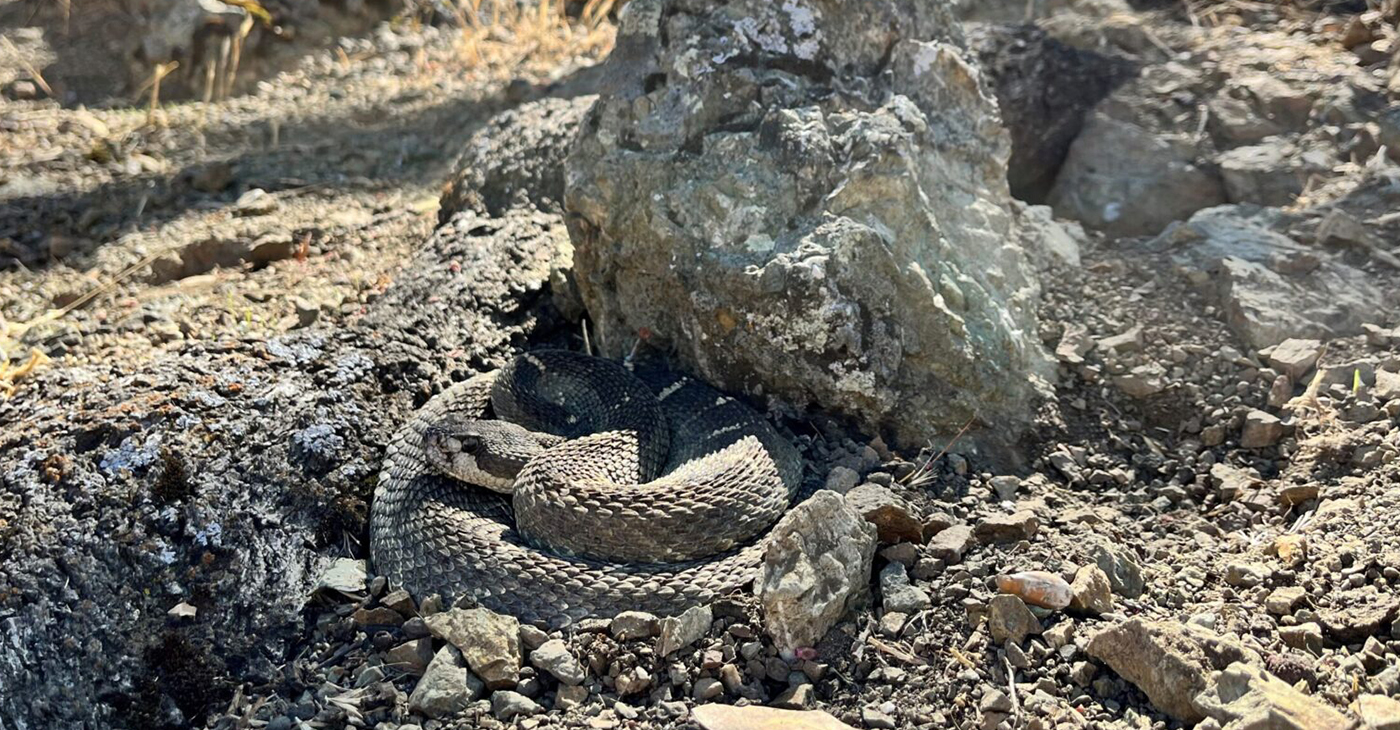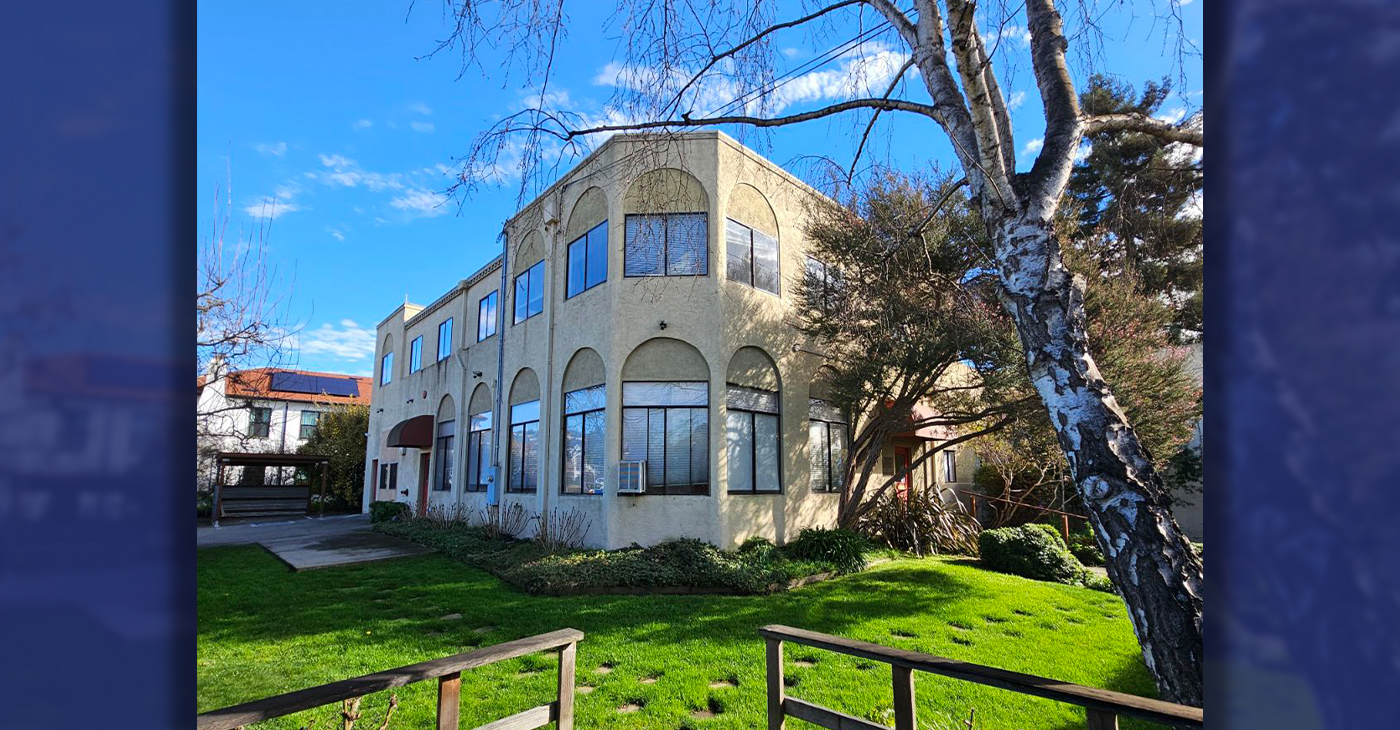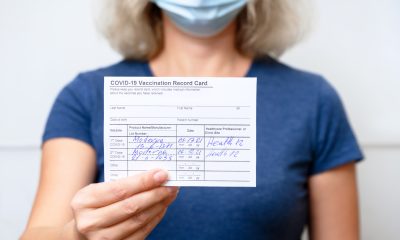Health
More Children at Risk of Measles in Wake of Ebola Epidemic

In this Monday, Jan. 19, 2015 file photo, a health care worker, right, takes the temperatures of school children for signs of the Ebola virus before they enter their school in the city of Conakry, Guinea. (AP Photo/Youssouf Bah, File)
LAURAN NEERGAARD, AP Medical Writer
WASHINGTON (AP) — Ebola’s toll moved beyond 10,000 deaths Thursday even as researchers warned of yet another threat to hard-hit West Africa: On the heels of the unprecedented devastation, large outbreaks of measles and other vaccine-preventable diseases could move into the region.
Ebola derailed child immunizations in the three countries hardest hit by Ebola — Liberia, Sierra Leone and Guinea, leaving hundreds of thousands more children vulnerable to the more routine infections, researchers said Thursday. Already, worrisome clusters of measles cases are cropping up.
The new study warns that it’s crucial to restart the shots quickly, citing math models that estimate thousands could die if a large enough measles outbreak were to strike before the battered health care system has a chance to recover.
Measles epidemics often follow humanitarian crises because “measles is so incredibly contagious,” explained Johns Hopkins University epidemiologist Justin Lessler, who led the study published in the journal Science.
“Measles is not the only health threat that has been made worse by the Ebola crisis, and may not even be the most dire, but it is one we can do something about,” he added.
The Ebola death milestone announced by the World Health Organization on Thursday had been expected for weeks, even though overall the epidemic is waning. Liberia has begun the 42-day countdown toward being declared Ebola-free if no new cases arise. Guinea and Sierra Leone still are struggling to end new infections, although cases aren’t nearly as high as in the fall.
A side effect of hospitals closed in the outbreak zone, and a population frightened of what health care remained, is that unnecessary deaths occurred from malaria, childbirth and other common conditions.
Now the question is whether measles and other vaccine-preventable childhood diseases will be the next post-Ebola problem.
In Guinea, UNICEF has reports of 339 suspected measles cases, 27 of them confirmed, agency spokesman Patrick Moser said in New York.
Doctors Without Borders said it has reports of 182 suspected measles cases in Liberia, plus some suspected cases in Sierra Leone, too.
Health services are slowly resuming in areas where Ebola’s grip has lessened. In Liberia, routine childhood vaccinations are being given in health facilities again, said Tolbert Nyenswah, an assistant health minister.
In addition, UNICEF and Doctors Without Borders are working with Liberian officials for a measles and polio vaccination campaign in May that will target more than 600,000 children under age 5, Moser said. Similar campaigns also are planned for Sierra Leone, depending on the continuing Ebola situation.
Measles remains a leading killer of children in developing countries, and it’s far more contagious than Ebola. There have been some huge epidemics when vaccinations were disrupted. Hopkins’ Lessler noted that between 2010 and 2013, about 294,000 cases of measles spread through the Congo, with more than 5,000 deaths, after a period of political instability.
His team set out to model what might happen if a large measles outbreak spread across Liberia, Sierra Leone and Guinea.
At the start of the Ebola crisis there already were about 778,000 unvaccinated children ages 9 months to 5 years in the three countries, the study estimated. For every month that Ebola disrupted regular health care, an extra 20,000 children became susceptible to measles, the researchers calculated.
In a worst-case regional outbreak, about 127,000 people would have gotten sick before Ebola but, after 18 months of vaccine disruption, an additional 100,000 illnesses could be expected, the researchers calculated. Anywhere from 2,000 to 16,000 more deaths could occur.
That estimate assumed that vaccinations dropped by 75 percent during the Ebola crisis, and Lessler said recent information suggests the decreases weren’t that severe. Even if vaccinations dropped by just 25 percent, Lessler said that still could mean tens of thousands more illnesses and anywhere from 500 to 4,000 additional deaths than before the recent Ebola outbreak.
Models are just that, and there’s no way to know if the region really is poised for a post-Ebola measles outbreak. But health groups say it’s urgent to restart vaccinations.
“There is a threat,” Dr. Estrella Lasry of Doctors Without Borders said in a phone interview from Liberia.
Health workers will have to make sure parents understand the need for resuming routine childhood immunizations, and the difference from studies of experimental Ebola vaccines that are being conducted in the region.
“There’s a need to rebuild trust in the health system,” she said.
___
Associated Press writers Maria Cheng in Geneva and Jonathan Paye-Layleh in Monrovia, Liberia, contributed to this report.
Copyright 2015 The Associated Press. All rights reserved. This material may not be published, broadcast, rewritten or redistributed.
Community
Calif. Dept. of Public Health: Got Milk Allergies? Don’t Eat Dave’s Bakery Cornbread
The California Department of Public Health (CDPH) issued a warning on Jan. 26, instructing consumers with milk allergies or “severe sensitivity to milk” in the state to not eat Dave’s Bakery Corn Bread due to “risk of illness.” The CDPH warns that consumption of the corn bread manufactured by a Gardena-based company — with expiration dates up to June 18, 2024 — may lead to “life threatening” reactions.

By California Black Media
The California Department of Public Health (CDPH) issued a warning on Jan. 26, instructing consumers with milk allergies or “severe sensitivity to milk” in the state to not eat Dave’s Bakery Corn Bread due to “risk of illness.”
The CDPH warns that consumption of the corn bread manufactured by a Gardena-based company — with expiration dates up to June 18, 2024 — may lead to “life threatening” reactions.
“This warning applies only to the Corn Bread produced by Bake R Us, DBA Dave’s Baking Company and distributed to schools, retail facilities and in vending machines primarily in southern California,” the DCPH statement reads.
“This product should not be confused with other similarly named companies with national distribution,” it continues.
According to the CDPH, although the corn bread product contains whey, which is a milk allergen, there is no allergy warning label on the packaging, though it is required by state law.
So far, authorities say, no illnesses have been reported in the state, but if anyone finds the products on sale anywhere in the state, they should call the CDPH complaint hotline at (800) 495-3232 or file a report online at CDPH.ca.gov
The CDPH is also recommending that people who have eaten the product and are experiencing any reaction or ill effects should consult their health care provider.
Bay Area
East Bay Regional Park District Issues Rattlesnake Advisory
The East Bay Regional Park District released an advisory today on rattlesnakes, which emerge from winter hibernation in early spring and become more active. Warm weather can bring more potential for rattlesnake encounters with humans and dogs, particularly along trails and roads.

The Richmond Standard
The East Bay Regional Park District released an advisory today on rattlesnakes, which emerge from winter hibernation in early spring and become more active.
Warm weather can bring more potential for rattlesnake encounters with humans and dogs, particularly along trails and roads.
Visitors are encouraged to avoid hiking alone in case of an emergency, to scan the ground ahead as they walk, jog or ride, stay on trails avoiding tall grass, and to look carefully around and under logs and rocks before sitting down. Keep your dog on your leash to be extra safe, park officials said.
If you encounter a rattlesnake, leave it alone – it is unlawful to capture or harm one. Move carefully and slowly away or around it and give it plenty of space, park officials said.
Those who are bitten by a rattlesnake are instructed to stay calm by lying down with the affected limb lower than the heart, then having someone call 911.
Getting medical attention is critical.
Those bitten should not use tourniquets, “sucking,” or snake bite kits. If you are by yourself, walk calmly to the nearest source of help to dial 911, do not run.
If bitten by any other type of snake, wash the wound with soap and water or an antiseptic and seek medical attention.
Not sure what bit you? Check the bite for two puncture marks (in rare cases one) associated with intense, burning pain, which is typical of a rattlesnake bite. Other snakebites can leave marks without associated burning pain.
The Northern Pacific rattlesnake is the species found in East Bay Regional Parks. Snakes are important to the natural environment, helping to control rodents and other reptile populations. But enjoy them from afar.
For more information, download the Park District’s Common Snakes brochure or watch our Gopher Snake or Rattlesnake video to learn how to tell the difference between rattlesnakes and gopher snakes. Additional information is available at ebparks.org/safety/wildlife-encounters.
Alameda County
A Safe Place, Bay Area Domestic Violence Community Organization, Opens New Service Center in Oakland
Oakland-Bay Area non-profit, A Safe Place, announces the grand opening of its newly purchased building in Oakland that will be a service center for families that have suffered from domestic violence. The new, two-story building has over six new service rooms for counseling, mental health support groups, legal services, children’s treatment, safe space for community engagement, and partnership activities.

By Courtney Slocum Riley
Special to The Post
Oakland-Bay Area non-profit, A Safe Place, announces the grand opening of its newly purchased building in Oakland that will be a service center for families that have suffered from domestic violence.
The new, two-story building has over six new service rooms for counseling, mental health support groups, legal services, children’s treatment, safe space for community engagement, and partnership activities.
Domestic violence occurrences and offenses account for a considerable amount of all violent crimes in Alameda County. A Safe Place is attempting to provide a safe place for families to heal. A Safe Place is the only comprehensive domestic violence assistance program including a safehouse, in Oakland.
The grand opening celebration will also serve as a fundraiser to build out healing, therapeutic spaces for children and adult victims and survivors and survivors of domestic violence (male and female).
The new service center will expand the work of the organization, founded in 1976 when a group of women working in San Francisco came together to address the urgent need for a shelter in the East Bay. A year later, they founded A Safe Place (ASP) in Oakland. Run solely by volunteers, they set up a crisis line to offer crisis counseling and information to battered women and their children.
The organization serves over 500 adults and children annually through a host of services including crisis counseling via 24-hour crisis line, emergency motel and safehouse sheltering, mental health services (counseling and support groups).
Under the leadership of Executive Director, Carolyn Russell, the organization has grown from a single program into the comprehensive domestic violence and assistance program. ASP strives to meet the growing and diverse needs of our growing community.
The organization hopes to complete all the upgrades and therapeutic room improvements by August 2024. The public is invited to donate to the effort by using the website at www.asafeplace.org/donate. The organization also accepts in-kind gifts as well as items from the organization’s Amazon Wishlist.
-

 Community3 weeks ago
Community3 weeks agoFinancial Assistance Bill for Descendants of Enslaved Persons to Help Them Purchase, Own, or Maintain a Home
-

 Business3 weeks ago
Business3 weeks agoV.P. Kamala Harris: Americans With Criminal Records Will Soon Be Eligible for SBA Loans
-

 Activism4 weeks ago
Activism4 weeks agoOakland Post: Week of April 10 – 16, 2024
-

 Community3 weeks ago
Community3 weeks agoAG Bonta Says Oakland School Leaders Should Comply with State Laws to Avoid ‘Disparate Harm’ When Closing or Merging Schools
-

 Activism2 weeks ago
Activism2 weeks agoOakland Post: Week of April 24 – 30, 2024
-

 Community2 weeks ago
Community2 weeks agoRichmond Nonprofit Helps Ex-Felons Get Back on Their Feet
-

 Community2 weeks ago
Community2 weeks agoOakland WNBA Player to be Inducted Into Hall of Fame
-

 City Government3 days ago
City Government3 days agoCourt Throws Out Law That Allowed Californians to Build Duplexes, Triplexes and RDUs on Their Properties






















































